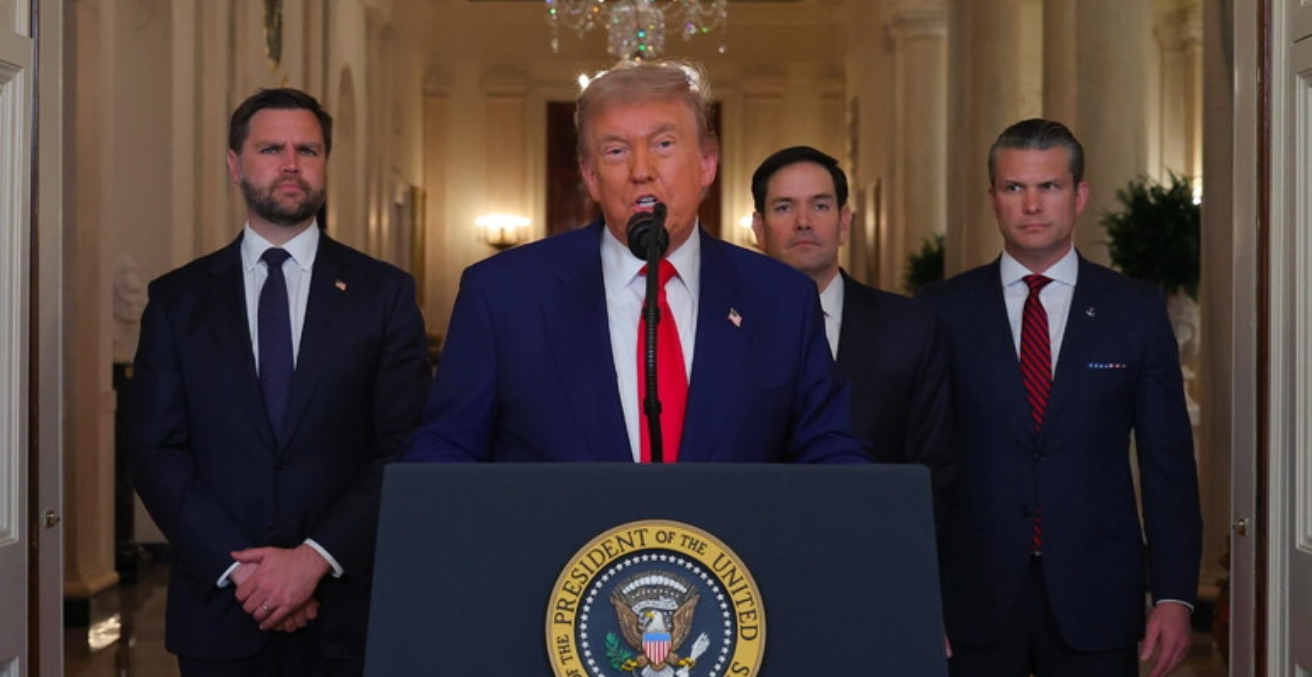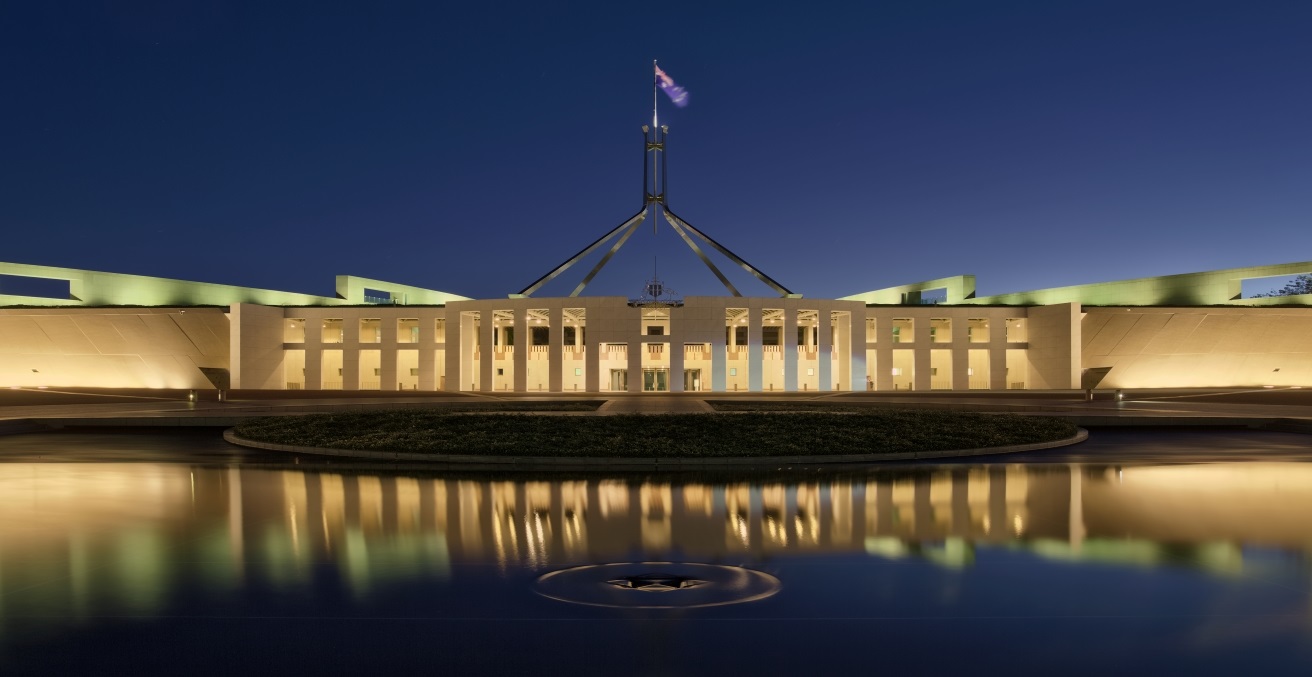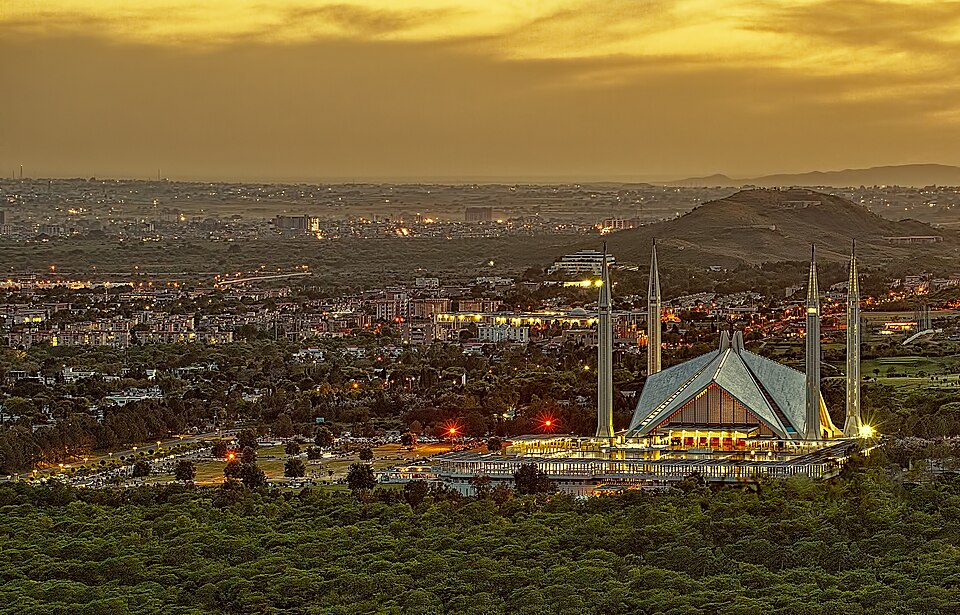President Donald Trump’s decision to directly join Israel in its war against Iran and bomb Iranian nuclear facilities was inevitable. Hopefully the ceasefire subsequently announced by Trump holds and provides Trump the opportunity to formulate and implement a peace plan with key stakeholders.
The insights into the thinking and actions of these stakeholders prior to and after both the bombing and ceasefire, are relevant to the potential translation of events into peace. However, the difficulties of the ceasefire holding, and finding a peace formula that is consistent with the national needs of the states involved, and egos of stakeholders, are not underestimated.
One important insight concerns the credibility of Trump’s deal or no-deal strategy and tactics. In this case, he gave Iran two weeks to come up with a new acceptable deal on nuclear, and other related, negotiations. But a day later he bombed Iran’s nuclear facilities in Fordow, Natanz, and Isfahan. It’s a fair assumption that the deal offered was a deception, and a no-deal from the outset. In Trump-speak, perhaps this “deal or no-deal” should be replaced by “my-way or no-way.”
The implications of this may apply to all of Trump’s negotiations, with friends or foes alike.
Another important insight was the media statement by Israeli President Benjamin Netanyahu, immediately following the US bombings, that “President Trump and I often say ‘peace through strength.’ First comes strength, then comes peace.” This ties in with Trump above. Netanyahu is a very clever but ruthless politician, who certainly understands the application of strength. But peace, especially in the Middle East, also requires the application of the principles and sensitivities of co-existence. Netanyahu is not strong on coexistence, and regionally, this is in short supply.
Trump identified the recent Israel-Iran hostilities as a “12 day” war, but Iran and Israel, both directly and indirectly the US, have been engaged in hostilities short-of-war for decades. Peace is a longtime coming.
Israel has identified the Iranian threat as comprising three elements: the attainment of a nuclear bomb, the development of a ballistic missile system capable of delivering the bomb, and support to regional state and non-state “proxies” whose aim, together with that of Iran, was to annihilate Israel.
Put simply, Netanyahu sees the threat in black and white terms. He sees the opposition to Israel’s existence by Iran and its “proxies” as based on antisemitism. He also claims Iran has the capability to make the bomb and associated missile delivery system within weeks, and would use it against Israel if they had it. In sum, you could never trust Iran, therefore, their whole uranium enrichment capability must be eliminated along with their associated missile capability. Iran’s leadership and proxies also must be contained and defanged. Ideally, “regime change” was preferred. Some aspects of Netanyahu’s claims are contentious, but his stand is very hard-line
Iranians, at least at the official level, are more nuanced. They have asserted to me they are not antisemitic. They have five seats in their 290-seat parliament for other historic religions—three Christian (two Armenians, one Assyrian), one Zoroastrian and one Jewish, so can co-exist internally with other religions, within an Islamic-state context. However, although Iran’s former royalist Shah government did recognise the state of Israel in 1950, after UN recognition of Israel the year before, the current Islamic-state regime, installed in 1979, broke relations with Israel. Their reasons, put simply, included its expanding “illegal” occupation of Palestinian lands during and post-1967 wars, and their aim, ultimately, to incorporate remaining Palestine lands into Greater Israel.
In the past, senior Iranian officials have told me their government would recognise Israel if Israel agreed to a two-state solution based on pre-1967 borders. But more recently they have dismissed this as impossible. Netanyahu won’t negotiate other than on his terms, is rigidly committed to Greater Israel, and makes no provision for the Palestinian people.
Iranian officials have also claimed they do not intend to make a nuclear weapon and thus dismiss their alleged adaptation of ballistic missiles for delivery. As for Israel and others, they emphasised their missiles were for self-defence only. One Iranian official implied that enriching uranium to 60 percent, which is well above the 3-5 percent level needed to meet domestic energy requirements, was done for leverage purposes in any negotiations to replace the former 2015 nuclear agreement (the Joint Comprehensive Plan of Action-JCPOA).
Despite Trump’s alleged TACO (Trump Always Chickens Out) status, Iran has again played the chicken game to gain maximum advantage and concede the minimum possible in nuclear/missiles/ anti-Israel negotiations. But this time Trump called their bluff, and not only strangled the chicken, but kicked down the whole henhouse.
Yet it is clear also that his patience with Netanyahu, who has pushed and exploited Trump when and wherever he can, is wearing thin.
So where to next? Suggestions follow which could provide a roadway to peace, inclusive of the principles of coexistence, in a Middle East context. Firstly, we need a peacemaker with the strength to force and orchestrate such an outcome. Trump is the only one who can do this.
Secondly, Iran commits to the following: given their repeated statements that they do not intend to make a nuclear weapon, Iran agrees to limit all uranium enrichment to 3-5 percent energy grade and abide by all NPT requirements including full IAEA inspection of all nuclear facilities; all existing uranium enriched beyond the above grade be handed over to France for “down blending”; and Iran fully commits to the recognition of Palestine and Israel as independent sovereign states and makes representations to other states and non-state organisations, including especially Hamas, Hezbollah, and the Houthis, to do the same.
Thirdly, the UN and other regional states be fully consulted, including: accommodating the decisions of the Extraordinary Arab Summit on Palestine held in Cairo on 4 March 2025, and; support to France and Saudi Arabia to reconvene their recently postponed UN conference on Palestine and implementation of a two-state solution.
Fourthly, Hamas agree to the immediate release of remaining Israeli hostages, to their disbandment, and to their non-participation in any governance role in the future of Palestine. Fifthly, the Palestine Authority also agree to the peace plan.
And sixthly, and very importantly, Israel: agree to the above, especially in the interests of their long-term security. The related challenges of “illegal occupation” and border agreement are fully recognised, and; given all past statements about the danger of nuclear weapons, especially regionally, Israel agrees to join the NPT and commits to full IAEA inspection of all its nuclear assets.
Timely action is imperative. I have also suggested in previous reports that the future of the above Middle East countries may require new leadership. Getting the right leaders for the job will itself be a challenge. However, being part of the team to constructively commit to the above would be a proud legacy for outgoing leaders.
There is a significant role for both the Australian government and opposition to bilaterally support Trump and the other regional leaders in the timely initiation and implementation of a constructive peace plan in the Middle East.
Ian Dudgeon is a former president of AIIA’s ACT Branch
This article is published under a Creative Commons License and may be republished with attribution.





